
All categories
Featured selections
Trade Assurance
Buyer Central
Help Center
Get the app
Become a supplier

(3276 products available)




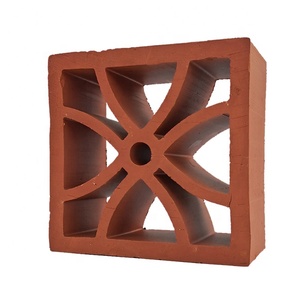




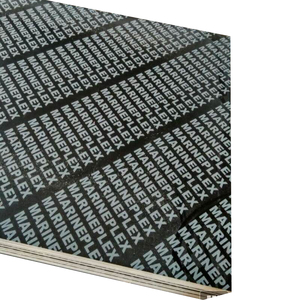





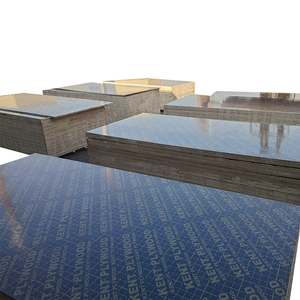
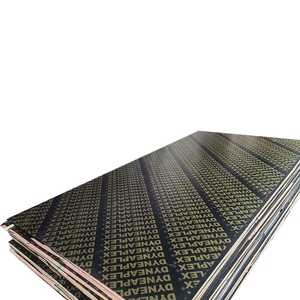



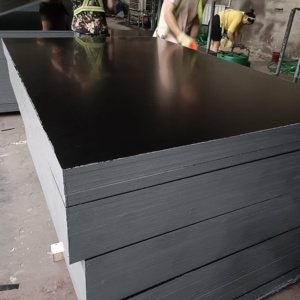


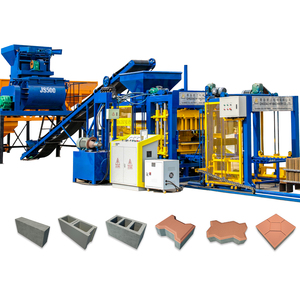






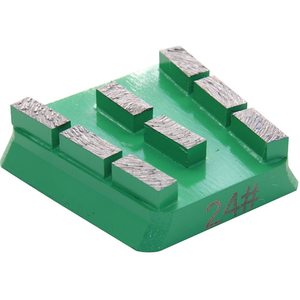








Market Overview: The market for polished concrete blocks is experiencing robust growth, reflecting a broader trend within the concrete sector. According to 360iResearch™, the polished concrete market expanded from USD 2.79 billion in 2023 to USD 3.02 billion in 2024, with a projected compound annual growth rate (CAGR) of 8.74%, anticipating a reach of USD 5.02 billion by 2030. This growth is fueled by increasing demand for aesthetically appealing flooring solutions in both commercial and residential sectors. Additionally, the global concrete blocks and bricks manufacturing market is also on an upward trajectory, estimated at USD 391.7 billion in 2023 and expected to reach USD 547.4 billion by 2030, growing at a CAGR of 4.9% during the same period, indicating a strong market sentiment for concrete products including polished concrete blocks.
Regional Insights: The U.S. market for polished concrete is particularly noteworthy, as it is one of the largest consumers of concrete products, contributing significantly to market dynamics. As consumer preferences shift towards durable and low-maintenance flooring options, polished concrete blocks are becoming increasingly popular. The rise in construction activities and renovations in urban areas also supports this trend. Furthermore, social trends emphasizing sustainability and energy efficiency are driving manufacturers to innovate in their processes, enhancing the appeal of polished concrete blocks. As businesses and homeowners alike seek to combine functionality with style, the polished concrete segment is poised for sustained growth, with key players in the market adapting strategies to meet evolving consumer demands and expanding distribution channels.
Polished concrete blocks are blocks made of concrete that have been polished to create a smooth surface. Polishing is typically used to enhance the natural color and texture of the concrete, highlighting any unique patterns or variations. It may also involve adding decorative elements such as dyes or stains to achieve a specific aesthetic. Polished concrete blocks possess several benefits such as durability, low maintenance, and resistance to staining and water. Here are some types of polished concrete blocks:
Honed concrete blocks
These concrete blocks have been polished to a matte finish with visible aggregate. These blocks are typically non-slippery even when exposed to water, which make them ideal to use for outdoor areas like patios and walkways. Honed concrete blocks are often used for commercial and industrial buildings.
Polished concrete blocks with lippage
Lippage refers to the uneven edges or ledges that can occur on the surface of a concrete block. These polished concrete blocks are usually removed through grinding, which leaves a smooth, flat surface. Polished concrete blocks with lippage can offer a more natural appearance, adding character and charm to the space. They are commonly found in older buildings or areas where traditional architectural styles are prevalent.
Diamond-polished concrete blocks
These concrete blocks are polished using diamond-impregnated pads. They have high gloss levels and a shiny appearance, which make them suitable for modern architectural designs. Additionally, diamond-polished concrete blocks are known for being easy to clean and maintain, which is why they are often found in high-traffic areas such as shopping malls, airports, and office buildings.
Stained concrete blocks
Polished concrete blocks can be customized to create blocks with a variety of colors and patterns. These blocks can be used to match the specific needs and requirements of different architectural designs.
It is important to wipe spilled substances immediately to avoid permanent staining. Using a wet mop with plain water, neutral pH soap, and a bucket is an ideal way to maintain the luster of polished concrete blocks. Regular dusting keeps dirt and debris from scratching the surface.
Harsh chemicals can damage polished concrete blocks, so it is important to avoid using cleaning products that contain acidic, highly alkaline, or abrasive materials while maintaining polished concrete block walls or other places. Instead, always use neutral PH products to improve longevity.
If the polished concrete block requires more than just regular cleaning, it is important to seek professional help. A skilled technician with experience in polished concrete will know the right products and processes to bring the surface back to its original luster and avoid any surface or damage during the process.
Using the right products to maintain polished concrete blocks is crucial to avoid damaging their surfaces. Always try to use products specifically designed for polished concrete and ensure they are neutral PH.
When choosing polished concrete blocks, consider the maintenance requirements of different finishes. High-gloss finishes may show more wear and require more frequent maintenance, while satin and matte finishes may be more practical for high-traffic areas.
The main purpose of polished concrete blocks is to make surfaces better; they can be used in different areas inside houses, outside, and even in public places. Here are some common ways these concrete blocks are used.
When it comes to purchasing concrete blocks, there are several factors to consider, like the uses, benefits, and availability of polished concrete blocks.
Knowing the features of polished concrete blocks can also help when communicating with suppliers. For example, blocks with irregular shapes work better with textured walls to create a unique architectural style. However, buyers may have to request superior quality control and strict testing for more specialized uses, like structural or thermal-insulating concrete blocks.
Shopping also becomes more accessible when one knows the primary focus—for resale or construction needs. When it comes to buying for resale, buyers will need to take quantity and shipping into account. Buying in bulk means a lesser price per unit. However, a large quantities of blocks may need more logistical arrangements like packaging, shipping, and customs clearance. Working with agents or selecting air freight can make the whole process smoother. If the quantity is small, surface shipping or pick up from the local warehouse can be an option, too.
When purchasing blocks for personal construction needs, shipping can be an added benefit. Choosing blocks that are available locally can save on excess shipping costs. Picking blocks for personal use will also factor in more personal skill sets with construction and other professional requirements like legal documentation and understanding of other building practices.
Block competition can come from a whole lot of categories, like hollow bricks, fly ash blocks, foam concrete blocks, rammed earth blocks, and insulated concrete forms, to name a few. It may help to familiarize oneself with the different types of block flooring so that the polished concrete block's unique features do not get masked by other blocks.
Q1: What is the difference between polished concrete and honed concrete?
A1: Polished concrete refers to concrete that has been chemically hardened and polished to a high-gloss finish using grinding pads with varying levels of fine. On the other hand, a honed concrete finish is achieved by grinding the concrete surface until a satin finish is achieved. It is more of a matte finish compared to polished concrete.
Q2: What are the advantages of polished concrete block floors?
A2: Polished concrete blocks offer a variety of benefits. To begin with, they are very easy to maintain. As a result, polished concrete plaster blocks are excellent for high-traffic areas. Polished concrete blocks are, without a doubt, a lovely way to highlight a building's structural features. Finally, polished concrete blocks are quite long-lasting. They are unlikely to shatter, crack, or become damaged over time, which would result in exorbitant repair costs.
Q3: Are polished concrete blocks eco-friendly?
A3: Yes. Polished concrete block provides an eco-friendly building material option. Cement manufacturers now employ waste materials from other industries as a substitution for a portion of the raw ingredients in cement production, reducing land fill trash.